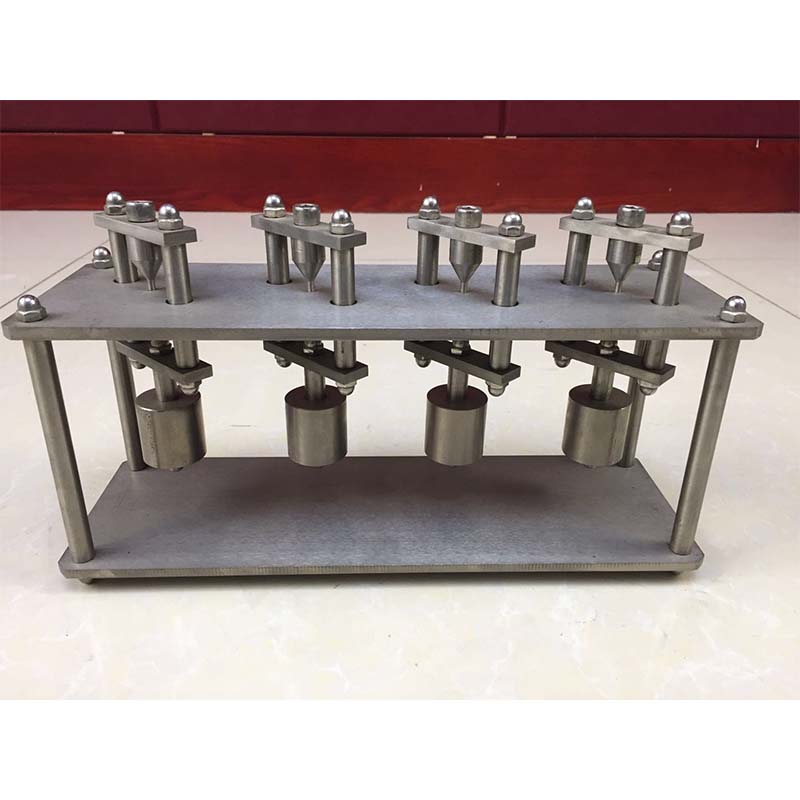Instrument for Measuring Resistance in Electrical Conductors and Cables
Understanding Conductor Resistance Measuring Instruments
In the world of electrical engineering and maintenance, measuring conductor resistance is crucial for ensuring the efficient operation of electrical systems. Conductors, such as wires and cables, have inherent resistance, which can affect performance and lead to energy loss. To accurately measure this resistance, specialized instruments known as conductor resistance measuring instruments are employed.
These instruments are designed to provide precise measurements of the electrical resistance of conductors. The most common type is the micro-ohmmeter, which is capable of measuring very low resistance values, often in the micro-ohm range. This high sensitivity is essential, as even small resistance values can have significant implications in high-current applications or in the assessment of electrical connections.
Working Principle
Conductor resistance measuring instruments typically operate on the principle of applying a known current through the conductor and measuring the resulting voltage drop across it. According to Ohm's Law (V = IR), the resistance can be calculated by dividing the voltage (V) by the current (I). This method is not only straightforward but also effective for ensuring accurate representations of a conductor's resistance.
Key Features
conductor resistance measuring instrument

Modern conductor resistance measuring instruments come equipped with various advanced features. Many models offer automated testing functions, enabling technicians to perform assessments quickly and efficiently. Additionally, data logging capabilities allow users to record and store measurement results for future analysis, enabling better tracking of conductor performance over time.
Another significant feature is temperature compensation. Since the resistance of conductors can fluctuate with temperature changes, advanced instruments can automatically adjust measurements to account for these variations, thereby ensuring greater accuracy.
Applications
These measuring instruments are widely used in various sectors, including power generation, transmission, and distribution. They are essential during the installation and maintenance of electrical systems, such as substations and switchgear. Ensuring that connections have low resistance is vital to prevent overheating, reduce energy losses, and enhance the overall reliability and efficiency of electrical networks.
Conclusion
In conclusion, conductor resistance measuring instruments play a vital role in the maintenance and evaluation of electrical systems. Their ability to provide accurate and reliable measurements helps prevent issues related to high resistance connections, thereby ensuring optimal performance and longevity of electrical circuits. As technology advances, these instruments are likely to become even more sophisticated, paving the way for safer and more efficient electrical systems in the future.
-
Why the Conductor Resistance Constant Temperature Measurement Machine Redefines Precision
NewsJun.20,2025
-
Reliable Testing Starts Here: Why the High Insulation Resistance Measuring Instrument Is a Must-Have
NewsJun.20,2025
-
Flexible Cable Flexing Test Equipment: The Precision Standard for Cable Durability and Performance Testing
NewsJun.20,2025
-
Digital Measurement Projector: Precision Visualization for Modern Manufacturing
NewsJun.20,2025
-
Computer Control Electronic Tensile Tester: Precision and Power for the Modern Metal Industry
NewsJun.20,2025
-
Cable Spark Tester: Your Ultimate Insulation Assurance for Wire and Cable Testing
NewsJun.20,2025
 Copyright © 2025 Hebei Fangyuan Instrument & Equipment Co.,Ltd. All Rights Reserved. Sitemap | Privacy Policy
Copyright © 2025 Hebei Fangyuan Instrument & Equipment Co.,Ltd. All Rights Reserved. Sitemap | Privacy Policy
